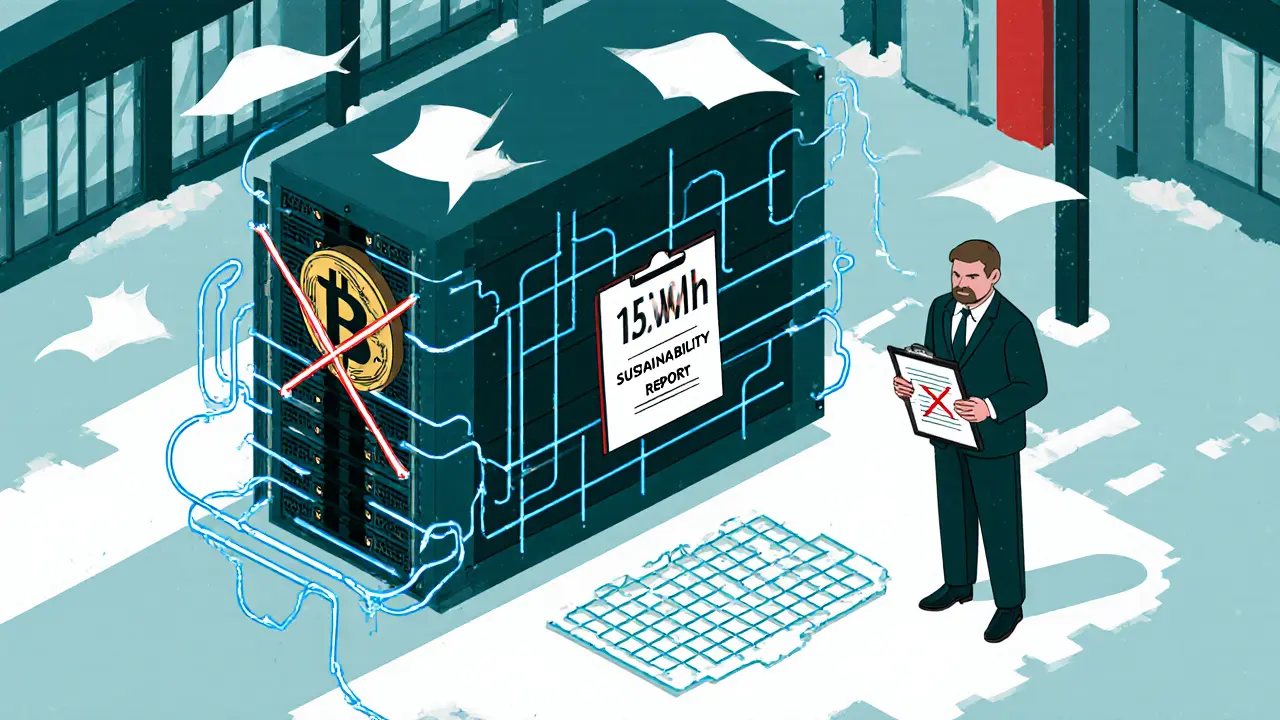Crypto Mining Energy Use: How Much Power Does It Really Take?
When you hear about crypto mining energy use, the amount of electricity required to validate blockchain transactions through computational work. Also known as blockchain energy consumption, it’s the hidden cost behind every Bitcoin and Ethereum (pre-upgrade) transaction. It’s not just a tech detail—it’s a real-world issue that affects climate debates, government policies, and even your wallet.
Most of this energy comes from Proof of Work, a consensus mechanism where miners compete to solve complex math puzzles using powerful hardware. Bitcoin is the biggest user—its annual electricity draw is bigger than many countries. But not all blockchains are the same. Ethereum switched to Proof of Stake, a system that replaces energy-heavy mining with token-based validation in 2022, cutting its energy use by over 99%. That’s not a minor tweak—it’s a revolution.
Why does this matter to you? If you’re holding crypto, you’re indirectly supporting its infrastructure. Some miners use renewable energy, others rely on coal-fired plants. Some countries ban mining outright, like China in 2025, while others offer cheap power to attract miners. The truth? The energy debate isn’t about whether mining uses power—it’s about whether that power is justified, efficient, and sustainable.
Below you’ll find real breakdowns of what happened with mining bans, how scams pretend to offer "green mining" schemes, and why some tokens collapsed after their energy costs became impossible to ignore. You’ll see how regulators reacted, how miners adapted, and what it means for your next crypto move.
Environmental Concerns Drive Sweden’s Strict Crypto Mining Restrictions
Sweden is tightening regulations on crypto mining due to its high energy use, pushing miners to relocate or switch to greener models. While not banned, mining now faces strict transparency rules and banking barriers.
learn more